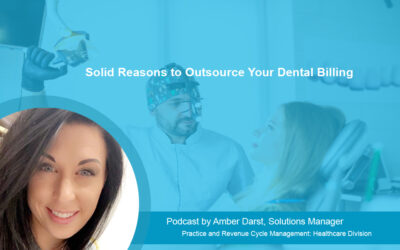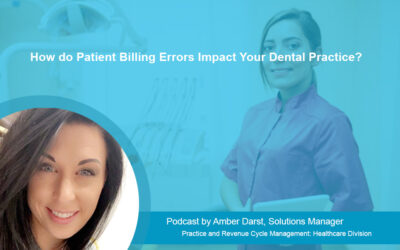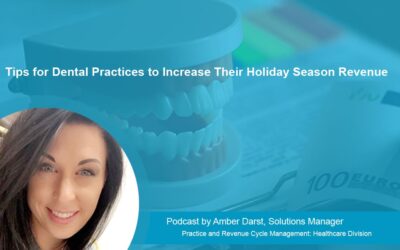An experienced medical billing and coding company based in U.S., Outsource Strategies International is dedicated to help individual physicians, new practices, private clinics and diverse specialty clinics meet their insurance claim submission and documentation and thus get reimbursement on-time.
In today’s podcast, Natalie Tornese, one of the Senior Solution Managers of MOS (Managed Outsource Solutions) discusses about documenting sleep apnea using the correct medical codes.
Read Transcript
Hello everyone and welcome to our podcast series. My name is Natalie Tornese and I’m a Senior Solutions Manager at Outsource Strategies International (OSI). I wanted to take this opportunity to talk about documenting sleep apnea using the correct medical codes.
Sleep apnea is a common and serious sleep disorder in which an individual’s breathing repeatedly stops and starts during sleep. People with this condition snore loudly and will feel tired even after a full night’s sleep. A person suffering from this condition will unknowingly stop breathing repeatedly throughout their sleep. The involuntary pause in breathing can result either from a blocked airway or a signaling problem in the brain. Once the airway is opened or the breathing signal is received, the person may snort or awaken completely with a sensation of gasping, smothering, or choking. The condition can be caused by one’s physical structure or other medical conditions such as obesity, large tonsils, premature birth, heart or kidney failure, endocrine disorders, neuromuscular disorders and other genetic syndromes. There are different types of sleep apnea and the main types include – obstructive sleep apnea, central sleep apnea, and complex sleep apnea. Reports suggest that approximately 18 million Americans suffer from this condition, but only 20 percent have been diagnosed and treated. Untreated sleep apnea can lead to several serious health complications such as heart disease and depression. It can leave a person feeling drowsy, thereby increasing the risk of accidents while driving or working. Treatment for this condition mainly depends on the specific causes and the level and type of apnea. The main goal of treatment is to normalize breathing during sleep.
So, what are the signs and symptoms? In most cases, patients suffering from sleep apnea may be unaware about their symptoms. The signs and symptoms would depend on the type of sleep apnea a person is suffering from. Common signs and symptoms include loud snoring, episodes of breathing cessation during sleep, restless sleep or insomnia, morning headache, Irritability, Heartburn, Excessive daytime sleepiness and fatigue, decreased libido and erectile dysfunction, awakening with a dry mouth or sore throat, attention problems, and abrupt awakenings accompanied by shortness of breath.
Initial diagnosis and evaluation of this sleep disorder will be based on the individual signs and symptoms displayed by the patient. Sleep specialists will ask questions about the sleep environment which would include typical sleep schedule, breathing pattern and other body functions during sleep. They may conduct different tests such as nocturnal polysomnography and home tests to detect the pattern of sleep apnea.
Mild cases of sleep apnea can be effectively managed by incorporating healthy/positive lifestyle changes such as reducing body weight or quitting the habit of smoking. For those who have nasal allergies, physicians may recommend medications for the same. In some cases, if any of the above measures don’t improve the signs and symptoms, certain devices such as Continuous Positive Airway Pressure (CPAP), oral appliances, Expiratory Positive Airway Pressure (EPAP), and other airway pressure devices can help open up a blocked airway. Surgery may be considered only as a last resort after all other treatments have failed.
I’ll include a transcript along with this podcast, outlining all CPT and ICD-10 coding.
There are several risk factors associated with sleep apnea which may include unhealthy lifestyle habits, age, sex, family history, and genetics. Healthy lifestyle changes can reduce your risk for developing sleep apnea. In most cases, self-care is the most appropriate way to deal with or manage the condition of sleep apnea. Incorporating self-care strategies such as quitting the habit of smoking, reducing excessive body weight, regular physical exercise, sleeping on your side or abdomen rather than on your back, avoiding the intake of alcohol and certain medications such as tranquilizers and sleeping pills, and keeping the nasal passages open at night can help better control this disorder.
I hope this helps. But always remember that proper documentation as well as a thorough knowledge of payer regulations and guidelines is critical to ensure accurate reimbursement for the procedures performed.
Thank you for listening!



